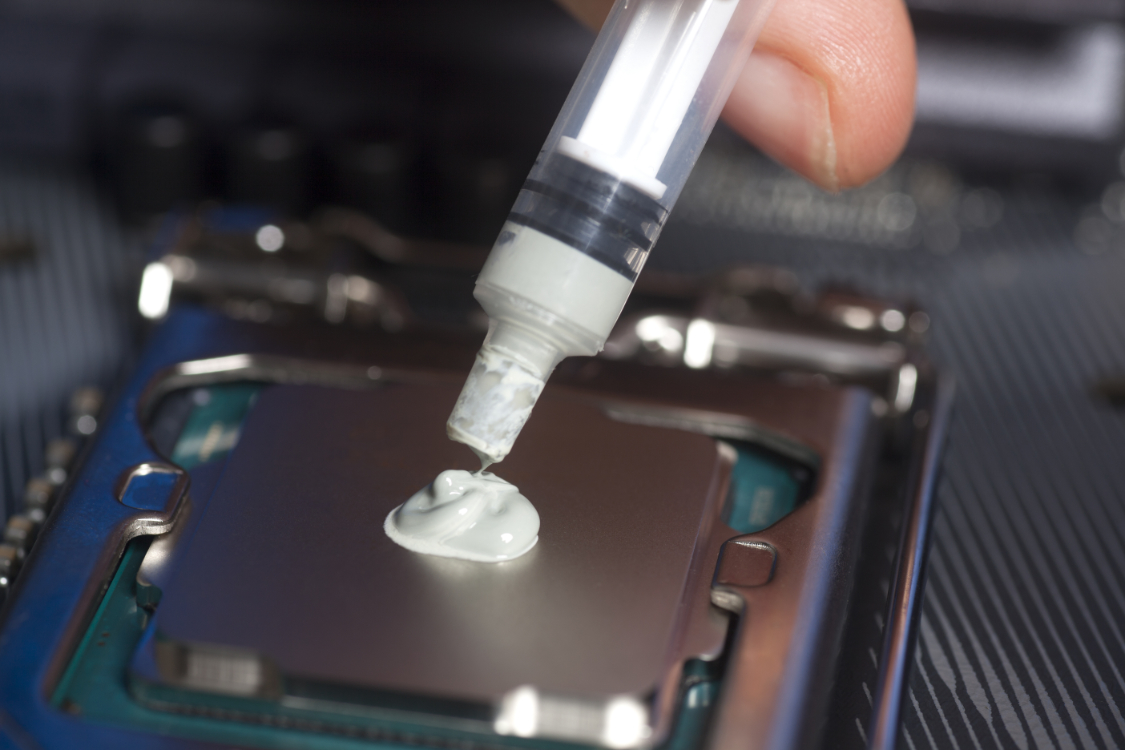Thermal paste is an important part of keeping the CPU cool. It helps to transfer heat from the CPU to the cooler. But over time, it can dry out and become ineffective.
To fix this, you need to clean the old thermal paste off of the CPU. Fortunately, this is a simple task that only requires a few tools.
Rubbing Alcohol
Rubbing alcohol is a common household item that can help you clean up the mess of old thermal paste on your computer’s CPU. This is a necessary step before you apply new thermal paste, as the residues from the old one will affect the performance of the new stuff.
Ethyl alcohol (also known as ethanol, grain alcohol, or drinking alcohol) is an intoxicating solvent that’s used to dilute other liquids. It’s also a colorless, flammable and odorless chemical that can be denatured to make it less alcoholic and less toxic for use in medicine and cosmetics.
To use rubbing alcohol for Thermal Paste Removal, just put some on a cotton swab and rub it on the area where you removed the old paste. Keep rubbing until you see that all of the silver thermal paste has disappeared. Then, wipe the area with a paper towel to remove any residual rubbing alcohol. You can find rubbing alcohol in most pharmacies and grocery stores.
Microfiber Cloth
In addition to being very soft and safe for your computer’s surfaces, microfiber cloth is also super efficient. It’s much more effective than cotton at removing dust, bacteria and even some viruses from surfaces without the need for harsh cleaning solutions or chemical disinfectants.
Microfiber is made of a synthetic blend (typically polyester and nylon) that’s woven together into fine, silk-like strands that are much thinner than a strand of human hair. This makes them perfect for wiping delicate electronics without scratching or damaging the surface.
You can use a standard, inexpensive microfiber cloth or even an old piece of toilet paper to wipe off the thermal paste before dipping it into isopropyl alcohol. Just make sure that whatever you choose is lint-free since lint can inhibit heat transfer. You may also want to wear latex gloves, as this will help keep oils from your skin off the CPU’s surface and prevent them from interfering with its normal operation.
Cotton Swabs
A cotton swab is a long, narrow stick of twisted cotton fibers wrapped around a wooden or plastic handle. The swab is used to clean ears, but it has many other uses, including taking microbiological cultures and applying medicines or cleaning substances. The cotton swab is also used to swab the inside of a person’s mouth to remove mucus or other material. The most common brand in North America is Q-tips.
When used correctly, cotton swabs are safe for use in the ear canal to remove ear wax. However, the swab can cause an ear infection if it is not properly cleaned after use.
To use a cotton swab for thermal paste removal, dampen it with isopropyl alcohol and carefully wipe the old thermal paste residue from the CPU and heat sink surfaces. It may take a few wipes to remove all the old thermal paste residue. Afterward, the heat sink and CPU should be completely dry before powering up the computer.
CPU Pins
The pins of a CPU are delicate and can be easily bent if too much thermal paste gets on them. The result is that the pins can no longer connect to the socket and cause your computer not to boot. This also means that you can no longer use the CPU until you remove the excess paste and clean the pins.
Thankfully, it’s easy to clean the thermal paste off of your processor’s pins and socket. It’s a simple process that involves some gentle cleaning with 70% isopropyl alcohol and a toothbrush. Just make sure you use a microfiber cloth to keep the brush dry in between scrubs. You can also use a toothpick to remove any stubborn bits of paste that don’t come off with the brush. Also, be careful not to apply too much pressure as the pins can bend under it. This is especially important when dealing with AMD processors since they have long pointy pin interfaces that are more prone to bending than Intel processors.

